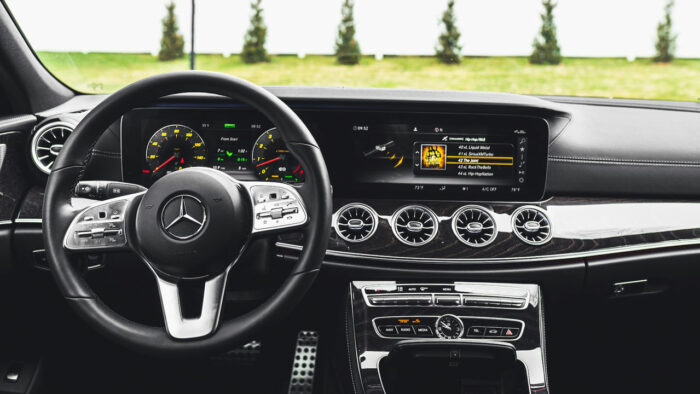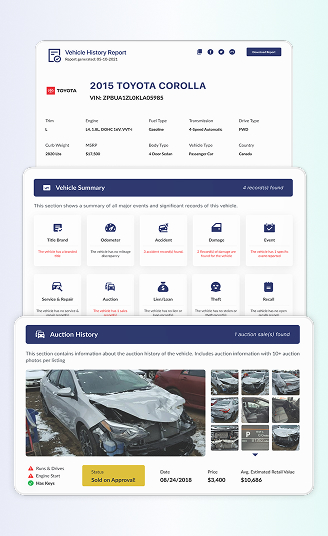Have you ever wondered how an AC (Air conditioner) in a car can be used during the rain? Here, you will find the answer to your question and you’ll learn just how it works in a few steps.
Car air conditioning has been around for years. It was first introduced in 1939 by Packard and since then some people are still yet to understand how to use AC in a car during rain. Let’s dive in now, shall we?
Using Your Car AC When It Rains
So the question is: can you turn on the AC when it’s raining? Is it safe to do so?
The answer is: yes. You can use the air conditioning in your car during rain by simply turning it on as you would normally do. The AC system in your car is not affected by rain and will function normally and safely.
However, if you have the windows open and the rain is coming into the car, the AC may not work as efficiently as it usually does because it will be trying to cool the outside air that is coming into the car. To get the most out of the AC, you should close the windows and let the system cool the air inside the car.
Foggy Windshield

The only problem encountered when using the AC while it rains is that the windshield gets foggy.
How does this happen? Fogging occurs when warm air comes in contact with a cold surface. In this case, your windshield is the cold surface and the warm air obviously is in the car. If warm air reaches the windshield, fog is formed.
This usually happens when it rains even with your AC turned on. As long as the outer environment has a higher temperature than your car, there will be fog.
Is There a Solution to Foggy Windshields When Raining?
Yes. There are two options and solutions to foggy windshields actually:
- You can introduce a defogger in your car and it will take care of the rest.
- You could also use your regular AC and it’ll work just fine. How? Let’s discover this in the next section of the blog.
READ ALSO: How to get a Mazda Window Sticker
How To Use AC In a Car During Rain?

In a few steps, I will show you how to use AC in a car during rain.
- The AC helps remove moisture from the air and reduces humidity, so you must begin by turning it on. As we know, the lesser the humidity, the less the chance of fogging.
- Ensure to reduce the temperature of the car to match the temperature of the surroundings. Be careful though at this point because the temperature might not be welcoming and if you would like to stay warm, you should ignore this step.
- Turning off the recirculation function would come in handy here as this would allow the AC to draw in cold fresh air from outside which would help remove the fog.
- If you have a heater or defogger in your car, you should turn these on as they would be of help here. The defogger helps by blowing hot air just on the glass surface and clears out the fog immediately.
On step two (2) above, I mentioned that you can reduce the vehicle temperature to match with external temperatures. You might be wondering if there aren’t any ideal temperatures for using the AC. Let’s talk about that now.
What Is The Ideal Temperature for Car AC When it's Not Raining?
The ideal temperature for the air conditioning (AC) in a car depends mainly on personal preferences. Some people prefer a cooler temperature, while others prefer a warmer environment.
In general, a temperature between 22-25°C (72-77°F) is a good starting point for most people. This temperature range will keep the inside of the car comfortable without making it too cold nor too warm. If you find that the AC is not cooling the car to your desired temperature, there may be an issue with the AC system and it may need to be checked by a mechanic.
What Is The Ideal Temperature for Car AC When it's Raining?
The lowest temperature that is advisable for the air conditioning (AC) in a car will depend on the outside temperature and your personal preference. In general, setting the AC to a very low temperature when it is already very cold outside may not be necessary and could potentially lead to issues with the AC system.
If the outside temperature is below freezing (0°C or 32°F), it is not recommended to set the AC to a very low temperature. This is because the AC system uses refrigerant, which can freeze at low temperatures, causing damage to the system. It is generally better to set the AC on a moderate temperature in this case.
If the outside temperature is above freezing and you prefer a colder temperature, you can set the AC to a lower temperature. However, it is generally not recommended to set the AC to a temperature below 18°C (64°F) as this could potentially lead to issues with the AC system.
It is always a good idea to consult the owner’s manual of your car to determine the recommended temperature range for the AC system.
By following the steps, you can use the AC in your car during rain without having to worry too much about foggy windows. Just be sure to pay attention to the road and drive safely!








